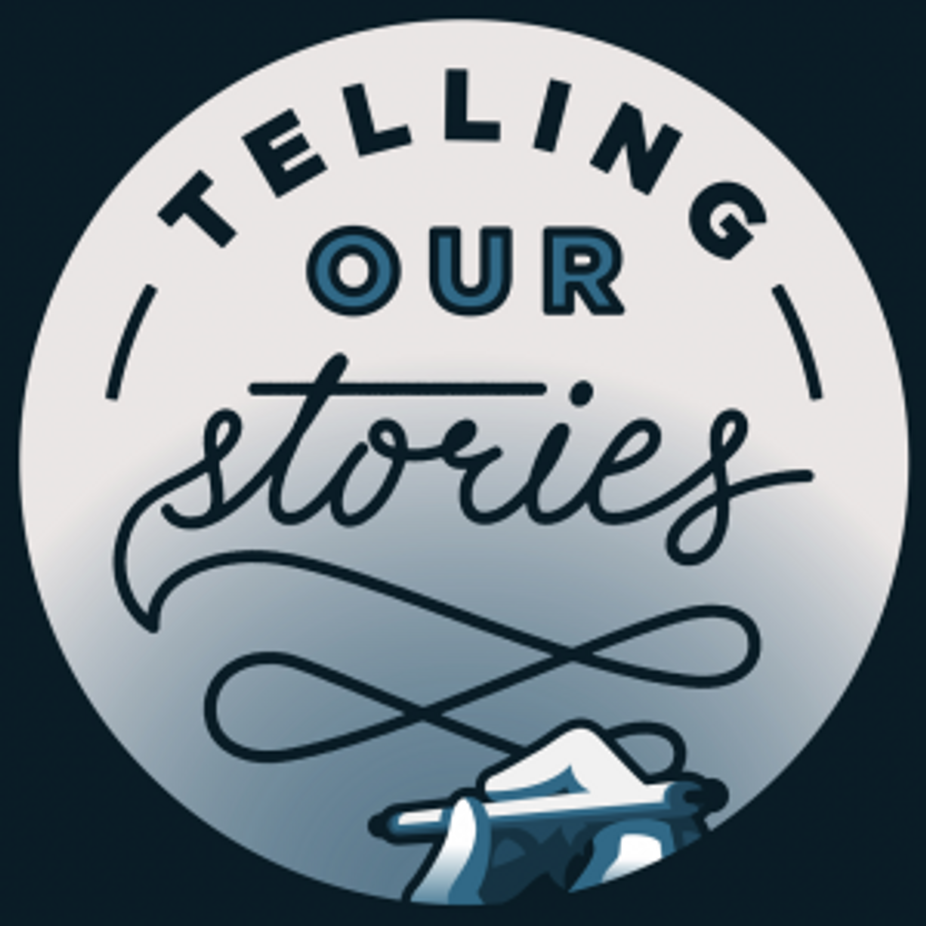Telling Our Stories: A Guide to Writing Your Own Story
Here are the basics of crafting a personal narrative from beginning to end

"Everybody is talented because everybody who is human has something to express." — writer Brenda Ueland, author of If You Want to Write
"You own everything that happened to you. Tell your stories. If people wanted you to write warmly about them, they should have behaved better." ― writer Anne Lamott, author of Bird by Bird: Some Instructions on Writing and Life
The creative act of storytelling is as old as language itself, and has the power to heal and transform. We are surrounded by stories: Stories in the news, tales from a neighbor or partner, movies, television, books, conversations.
If you have ever told a tale of your life more than once, then congratulations, you already know how to tell a story.
In sharing a story about an experience that may have been traumatic or "hitting a bottom," both the teller and the tale are redeemed. It is "repurposed" the moment someone says, "That happened to me, too. Thank you for sharing it. I know I am not alone."
If you have ever told a tale of your life more than once, then congratulations, you already know how to tell a story. In Minnesota, we are often asked to "tell that story about that one guy that you met at that one place that one time!"
Storytelling Basics
You know that a story has a beginning, middle and an end. With the idea of helping you to share your story with others and to do so with confidence, let's look at these storytelling basics.
The Beginning: Set the Scene
Who is this story about? (Let's say it is you.)
Where are you when this tale begins?
What does it look like, feel like, sound like?
What are you grappling with, hoping to achieve, or accomplish or understand?
What are you going to do about it?
How are you going to do something?
Why? We, the readers or listeners, want to identify with you, we want to understand the stakes, and know how much you want this or are affected by this.
Usually, this leads to taking action, and that leads us to:
The Middle
This is where you encounter obstacles. Conflict. Setbacks. Surprises. You make adaptations to "stay on track" and to achieve your objective. Here is where the learning happens, the mistakes that make us laugh or cringe, the call to adapt, to persist.
The temptation to give up rises until, whether it was motivated by you, or by someone or something else, we come to….
The End
Our personal stories have resolution: "I was changed, I'll never be the same, I set them straight, that was that, I resolved from then on to be…"
Where you began is different from where you ended up, even if it's back in your own backyard, but with a changed perspective.
Beyond Structure to Gold
My colleague and bestselling author Tony Loyd, whose podcast culls and showcases stories of resilience, uses the acronym, 'SOAR,' to clarify the concept of structure:
S- Set the scene (Who? What? and Where?)
O- Obstacles were encountered
A- Action was taken
R- Resolution. How did it turn out?
Behind all of this technique, though, is the gold and that's found in the sharing. Why share this story? Maybe you want the reader to feel something. Learn something. You want to warn us, or inspire us with an insight you gained.
5 Signs of Effective Storytelling
As you write, you know you're being effective when:
1. You stay on track. Find a balance between clear details and over-explaining. Beware of "ranting" about a subject — that can lead to losing a beginning, middle and end. Read your story aloud to trusted listeners who may tell you, gently, when they need more details or if they are losing the thread of the story in "detours" and parenthetical phrases. Remember, readers are thinking: "Then what happened? And then what did you do? And what happened after that?"

2. You know your ending before you start. Remember the point you wish to make, the experience you want us to share.
3. You tell the story like you are talking to a trusted friend. Tell it like you talk.
4. You are invested in the telling. Use your senses. The reader wants to hear the birds, smell the bread baking, feel the wind, be in the crowded subway.
5. You offer moments of connection and commiseration. Convey the emotions with your words to help the reader "lean in" to your story.
Sharing Your Story
By sharing stories, in written form, on stage, on a podcast, around a campfire or at a hospital bedside; anywhere we tell a story, we are sharing ourselves.
And by sharing ourselves, we can create the space for others to tell their own stories and give ourselves the chance to read, listen, lean in and share in that great exchange of story.
For More Inspiration
You can get other help by reading these essays on Next Avenue written for the Telling Our Stories initiative:
Telling Our Stories: The Joy of Writing by Elizabeth Berg
Telling Our Stories: This Moment and Why I Write by David Mura
Telling Our Stories: You Are A Writer by Mary Schmich
These three personal essays recently appeared on Next Avenue and are examples of how a strong narrative voice can engage a reader:
A Writer's Dispatch from His Twin Cities Community by Michael Kleber-Diggs
My Visit with Bud from 'Father Knows Best' by Steve Uhler
I Know My Neighbors Better By Looking Outside My Window by Caren Lissner

